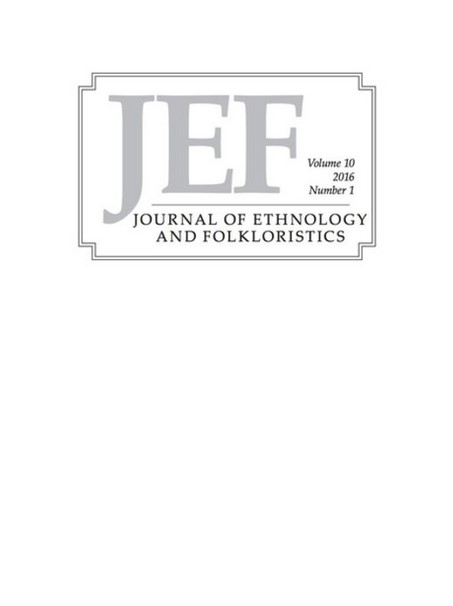The Role of Place-lore in Environmental Conflict Discourse: The Case of Paluküla Sacred Hill in Estonia
The Role of Place-lore in Environmental Conflict Discourse: The Case of Paluküla Sacred Hill in Estonia
Author(s): Lona PällSubject(s): Cultural history, Customs / Folklore, Human Ecology, Environmental interactions
Published by: Tartu Ülikool, Eesti Rahva Muuseum, Eesti Kirjandusmuuseum
Keywords: place-lore; ecosemiotics; environmental conflicts; sacred natural sites; cultural heritage;
Summary/Abstract: This article is a critical study of how local place-related narratives, i.e. place-lore, is integrated into environmental discussion and how it has significant potential to illustrate local and public, as well as vernacular and institutional, meanings concerned with the environment. Combining the frameworks of ecosemiotics, environmental communication studies, and place-lore research, the article explores how a new storytelling context, ideological selection, and the logic of conflict communication influence the re-contextualisation and interpretation of place-lore. The theory is applied to an empirical examination of public discussion of Palukyla sacred hill in Central Estonia. Tracking references to previous place-lore about Palukyla Hill in the media coverage of the conflict allows a demonstration of how the contextuality and referentiality towards an extra-narrative environment that are originally present in place-lore are often overlooked or ignored in conflict discourse. This, in turn, leads to socially and ecologically disconnected discussion.
Journal: Journal of Ethnology and Folkloristics
- Issue Year: XV/2021
- Issue No: 2
- Page Range: 198-220
- Page Count: 23
- Language: English

